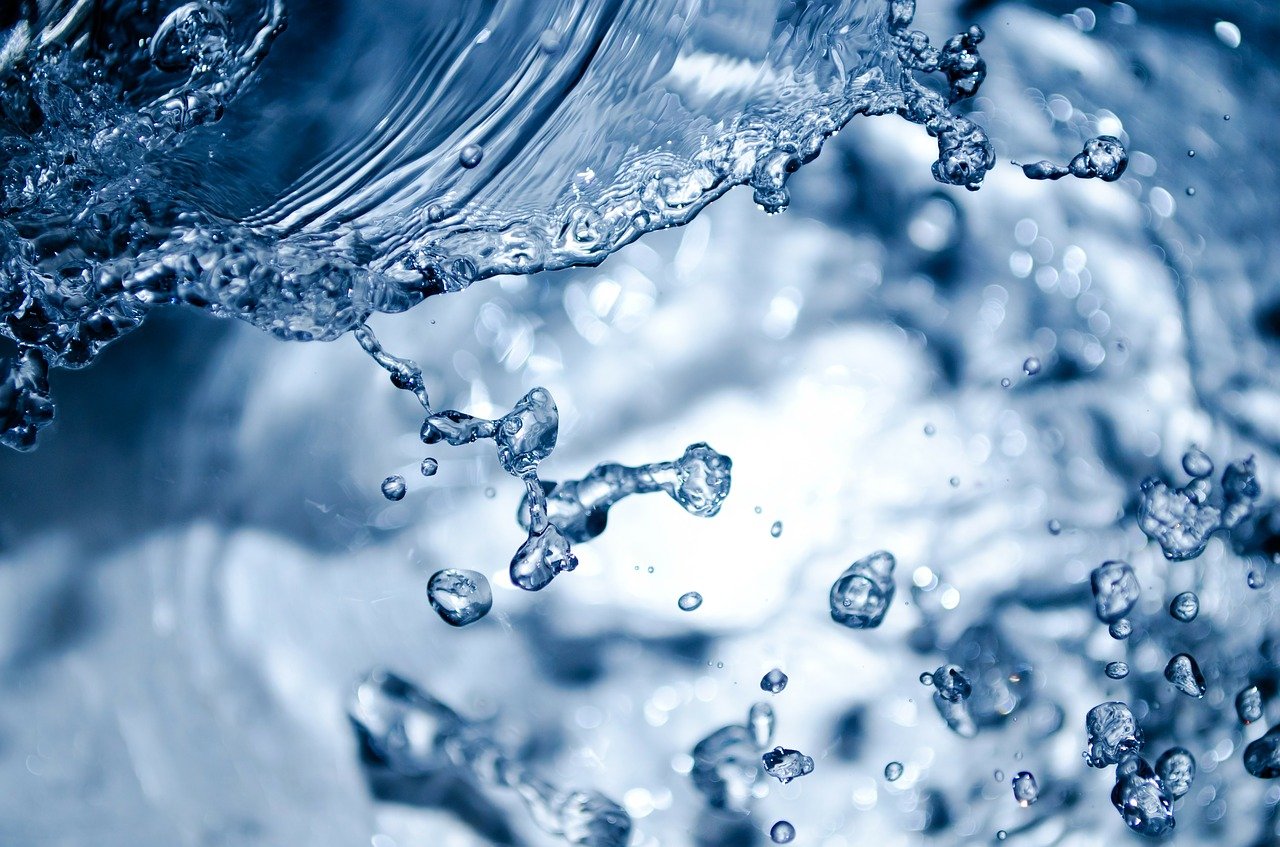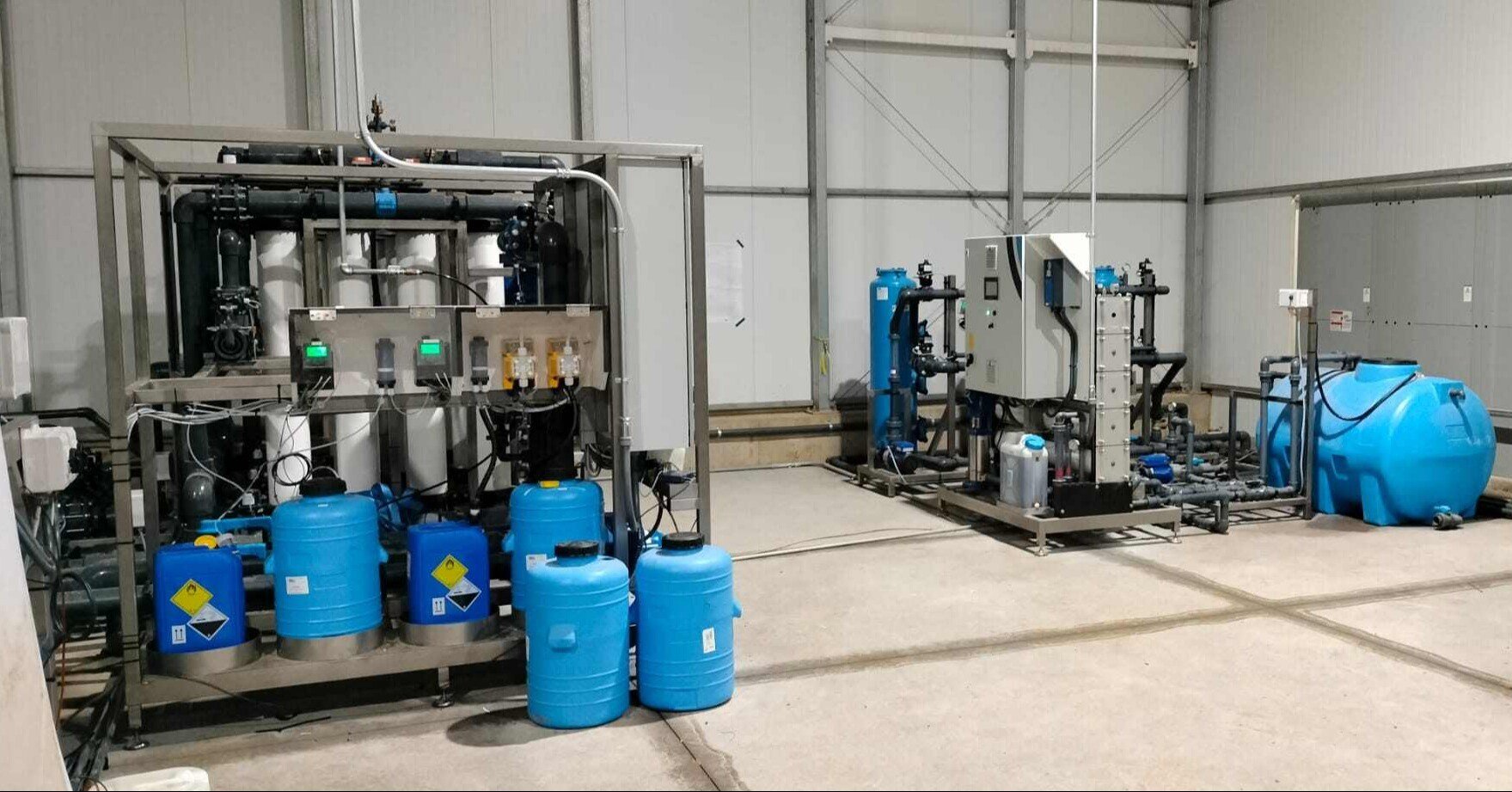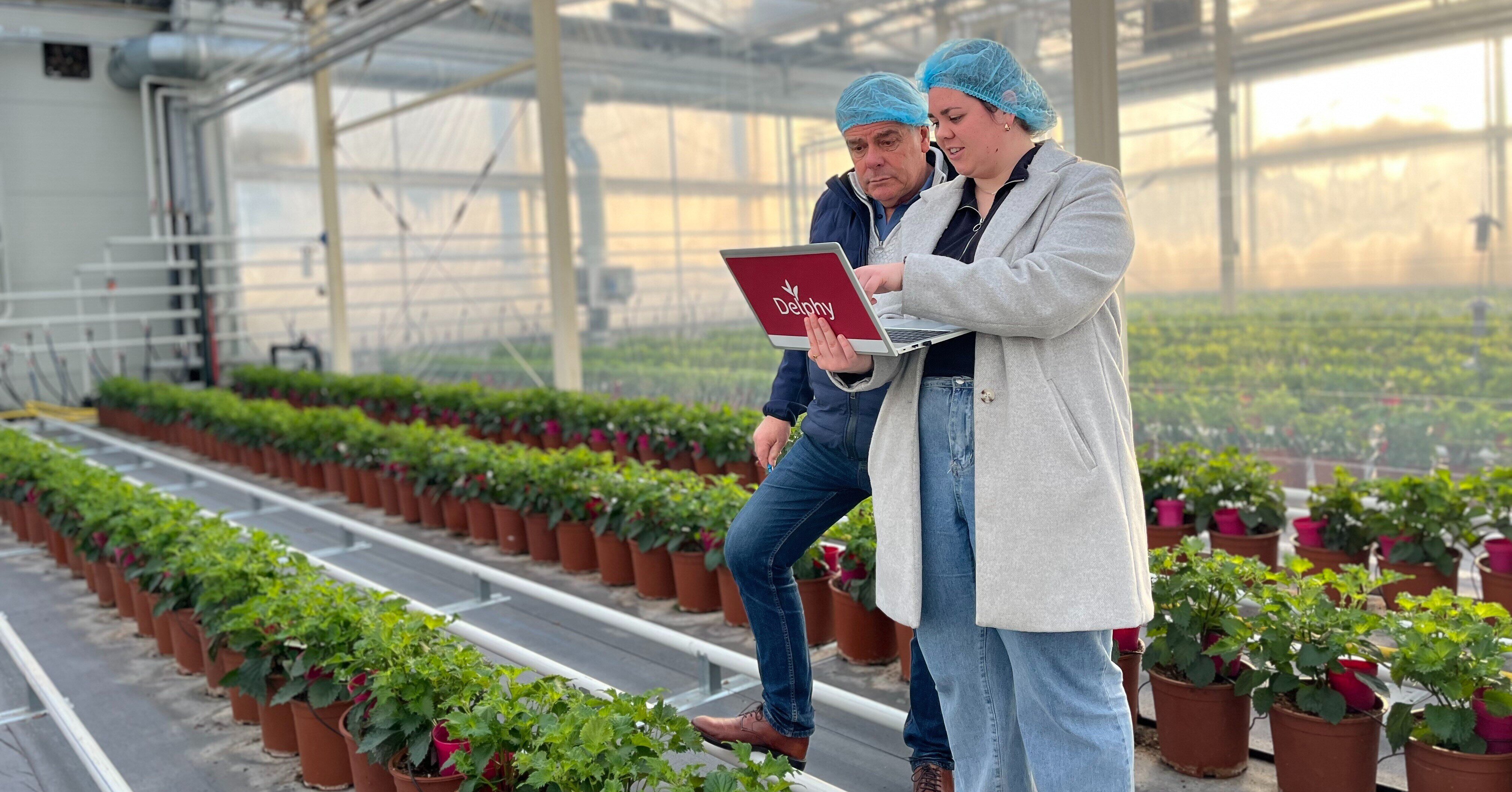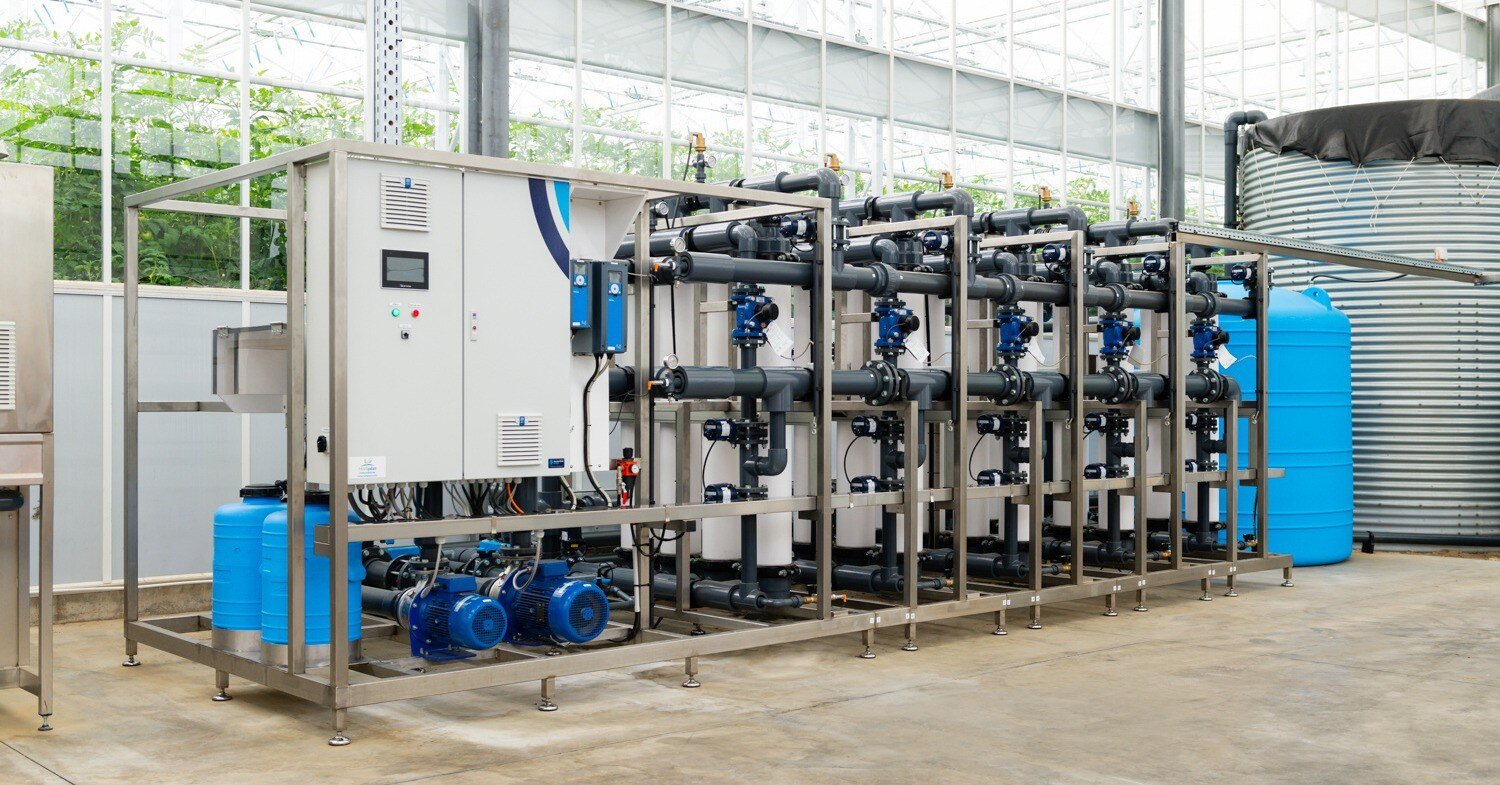- Prefer direct contact? +31 (0)79 593 38 00
- Language: English
The right way to irrigate plants with water in a greenhouse!

The right way to irrigate plants with water in a greenhouse!
Feb 9, 2022 1:45:00 PM
Water is an essential topic in horticulture. It is vital to have enough water in the dry seasons, but water is also needed on cold days. Water has a significant impact on the quality and health of your plants. It can make or break your business.
Quality of water
To get the right quality of water, it is crucial to keep it cool. Cool water has a better oxygen content than warm water. That’s important because plants need oxygen to grow. Besides that, cool water keeps algae under control.
How to manage the quality of your water? We advise growers to store their water under the ground. It minimizes the chance of algae in the water and also holds a stable temperature. Approximately 85% of the water is coming back from watering cycles for growers who recycle their water. It is best to replenish your consumed water with cold water.
Be sure to keep your water supply moving. You can do that, for example, with a Ventur. It prevents your water carrying diseases.
Monitoring the quality of the water
The water goes to the plants on a watering cycle and is returned to the water silo. It is essential to monitor the quality of the water and adjust it as needed with chemistry or sterilization. Sensors and water testing can accomplish this.
How to irrigate plants?
You have different ways to water plants with the correct amount of water. You can water from above or from below.
The problem with water from above is that the leaves of your plants become wet. It increases the possibility of diseases and washes away the biologicals and pesticides. Sometimes you should water from above for defined stages of the crop. We advise you to only water overhead when the climate is favourable to dry the leaves in the greenhouse.
So it would be best if you water plants from below. To accomplish this, you have some choices. Many growers in the USA use grow on cement floors. Another possibility is a cultivation floor. A cultivation floor gives your plants the most uniform watering, increasing the quality and health of the plants. You can read more about that on our website.
How much water should you give?
It depends on the circumstances how much water you should provide to the plants. At the moment, the growers experience helps them determine how much to water. They look, for example, the moisture of the soil, the plant growth and weather circumstances.
We advise also looking to the new developments. It has become easier to measure the moisture of the plant. With that data, you can analyze the perfect water strategy for your plants.
More information?

Hugo Paans
CEO




